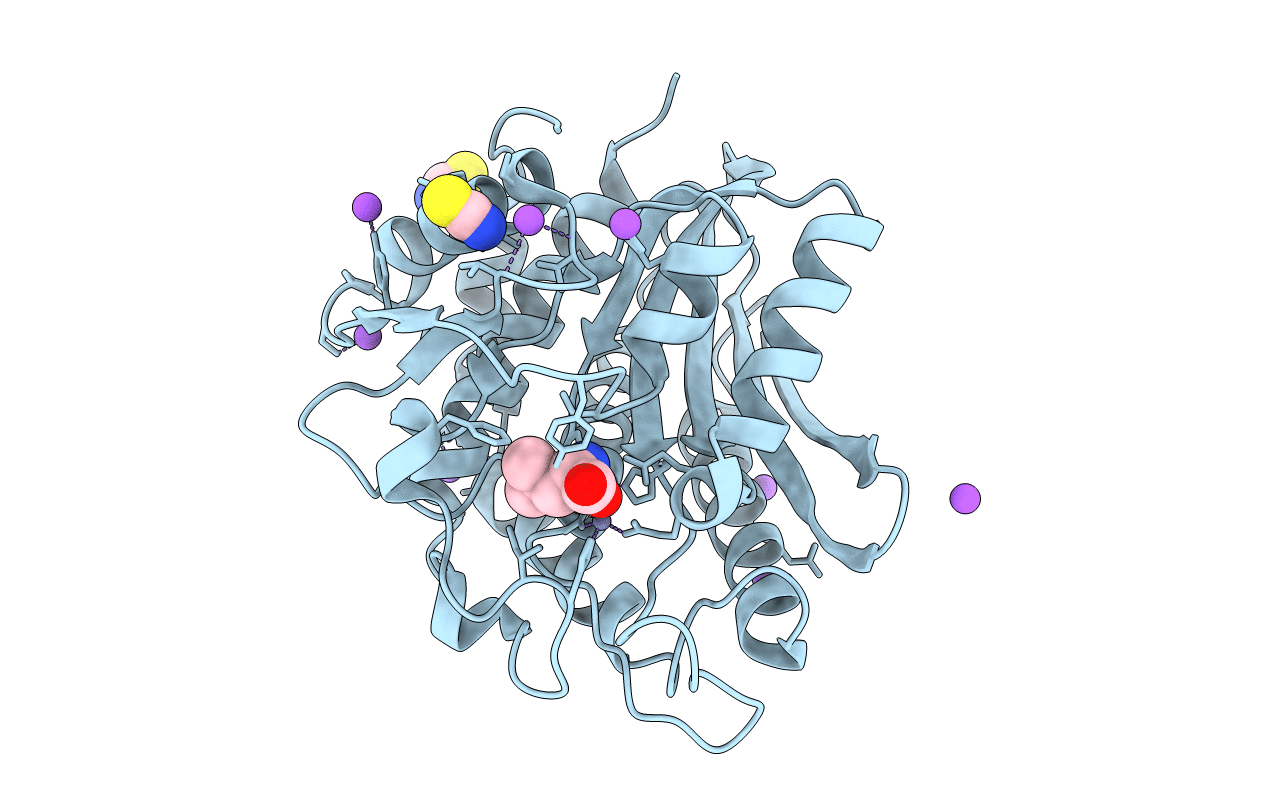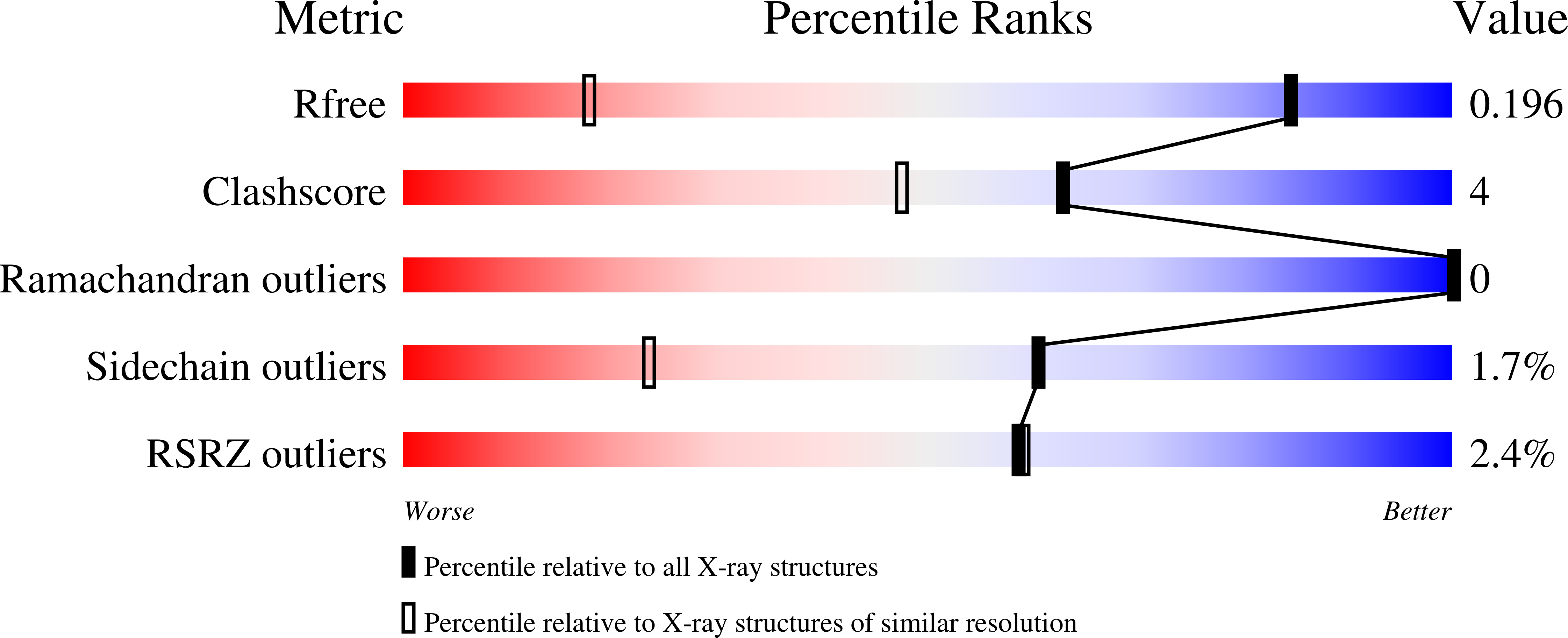
Deposition Date
2007-10-22
Release Date
2007-11-27
Last Version Date
2024-11-20
Entry Detail
PDB ID:
3B3S
Keywords:
Title:
Crystal structure of the M180A mutant of the aminopeptidase from Vibrio proteolyticus in complex with leucine
Biological Source:
Source Organism:
Vibrio proteolyticus (Taxon ID: 671)
Host Organism:
Method Details:
Experimental Method:
Resolution:
1.18 Å
R-Value Free:
0.19
R-Value Work:
0.16
R-Value Observed:
0.16
Space Group:
P 61 2 2


